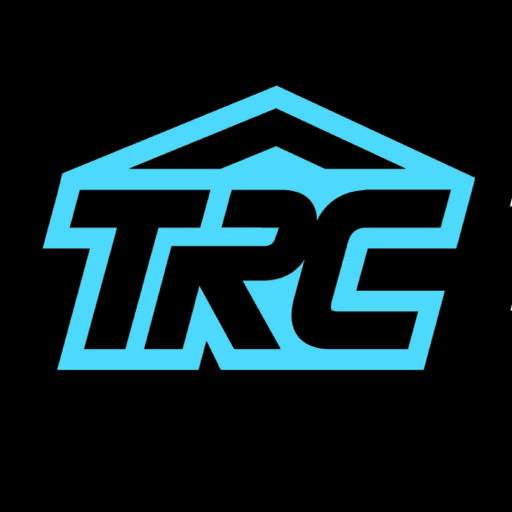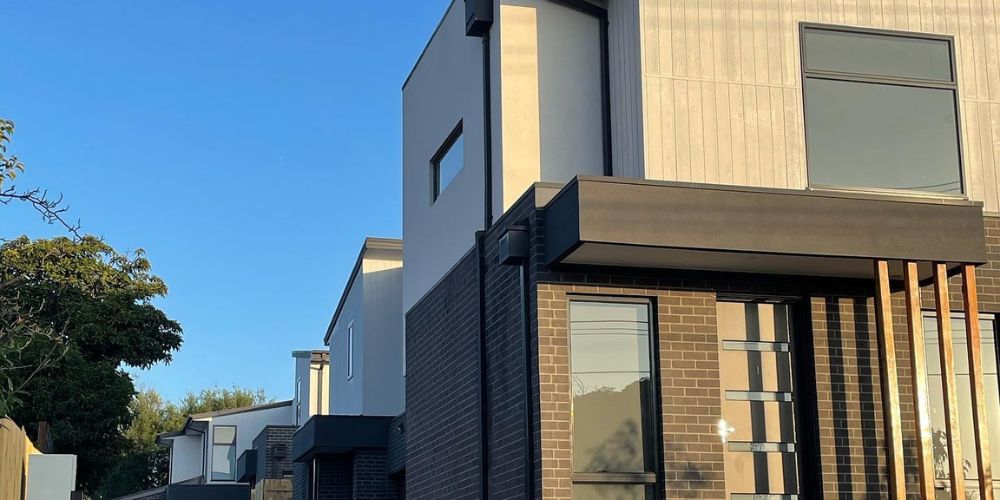How Long Does Timber Cladding Last?
Wood is frequently selected as cladding for walls and ceilings for its coziness, aesthetic appeal, and greater sustainability. Can timber keep its structural and aesthetic charm in the harsh Australian climate?
Architectural timber is highly durable when treated properly and is designed, built, and maintained properly, even when weather exposes it.
But how long does timber cladding last? Is it worth having it installed at your home?
Join us as we talk about timber cladding and how long can it serve its purpose to your house.

Lance Mathews
In This Article

What is a Timber Cladding?
A coating of a material applied to a building surface or structure is referred to as “cladding” in the construction and architectural industries. This coating provides the visual and architectural attractiveness of a building. The exterior of the building and the inside, baseboards, and walls all employ cladding. Cladding not only improves the appearance but also stabilizes the structure.
Timber cladding, commonly known as weatherboard or siding, has changed from being a prominent architectural form for homes and businesses to mainly utilized in agricultural structures (like barns).
The best way to think about timber cladding is as a house’s second skin.
It is erected on a building’s exterior façade to provide weather protection, but its fashionable appearance may also raise the building’s curb appeal. Additionally attractive on ceilings, timber cladding creates a distinctive focal point in every space.
To create a shield, boards or wood planks are often stacked on top of one another.
Types of Timber Cladding
Hardwood Timber Cladding
Hardwood timber cladding, appropriate for commercial and residential applications, offers the ideal balance of toughness and beauty in addition to bush fire protection of up to BAL 29. This wood cladding may be attached to steel or wood support structures and is earthquake and termite resistant. It is advised to paint or apply a surface treatment to this cladding to prevent deterioration and achieve an optimal lifetime.
Waney Edge Cladding
Waney edge refers to wood that has a coating of tree bark along one edge from when it was cut. This provides cladding with a pleasantly natural, rustic appearance. In contrast, they are more prone to bending and shrinking.
Waney edge cladding is the least expensive type since it often consists of thinner boards cut from the lumber without machining. The usage of the boards requires more labour from the user because they do not interlock like the other forms of cladding mentioned, but their affordability again makes up for this.
Weatherboards with Natural Edge
The metal’s ability to absorb heat depends on its hue and polish. Metal will undoubtedly warm up when exposed to the sun directly, but the colour and finish will determine whether it warms up more or less than other roofing materials.
Every home has curb appeal, and a vital component is the colour of your roof. There are many different colours available for metal roofs. However, darker colours absorb more heat than lighter hues, like any other surface.
Shiplap Cladding
Shiplap cladding gives it the best water resistance and a layer of defence against the weather. It is believed that the name of this material comes from its historical use in ship construction. Shiplap requires the same nails or screws to be anchored in place as feather edge cladding.
Tounge and Grove Cladding
Because domestic laminate flooring and vertical oak cladding use tongue and groove construction almost exclusively, most customers are familiar with it. Without specialists or extra materials, easily assemble boards may be put together. A justified trade-off is high structural integrity, particularly in the case of oak.
Western Red Cedar Cladding
One of the most used softwoods nowadays is western red cedar. This softwood has an inherent resistance to decay and moisture absorption, so it can usually be placed without treatment. It also has a reasonably free of knots, “clean” appearance. The least likely of the softwoods to shift during installation, it is also the most stable.
If you wanted to add a finish, you could easily stain or paint it because of its low resin content. As well as that, it may be utilized to establish different profiles.
Timber Cladding Costs
According to hipages.com.au, timber cladding costs range as follows:
- $3.25 to $6.25 per linear metre for tight knot pine (78mm to 178mm)
- $6.45 per linear metre for Australian beech
- $7.25 per linear metre for Blackbutt
- $8.30 per linear metre for spotted gum
- $8.50 per linear metre for blue gum (select grade)
- $8.50 to $11.75 per linear metre for Tallowwood (standard grade or select grade)
You may purchase your timber cladding from lumber merchants, internet retailers, or cladding experts. While some claddings are sent pre-treated, stained, or painted, others are delivered unfinished, which is the less expensive but more time-consuming choice.
Pros and Cons of Timber Cladding
Advantages of Timber Cladding
- It’s just stunning.
- It is versatile.
- Your property’s value may go up as a result.
- Ecologically sound.
- It’s an effective insulator.
- It is simple to install.
- It could enable some financial savings.
Disadvantages
- Ongoing upkeep necessary
- Fire danger
- Needs skills for installation
How Long Does Timber Cladding Last?
The longevity of timber cladding is excellent when it is properly maintained and constructed to a high level. The length of time that wood lasts depends on several things, including the treatment method, the types of coatings used, and the cladding profile’s design.
The longevity of timber cladding is its finest quality. Timber cladding may have a lifespan between 40 and 60 years with careful installation and maintenance! Occasionally, more. Four categories of durability exist for timber claddings. The longest-lasting timber is class one, which has more than 40 years of lifespan. The estimated lifespan of class two wood is 15 to 40 years. The durability of Class 3 timber ranges from 7 to 15 years, whereas that of Class 4 timber is limited to fewer than seven years.
Frequently Asked Questions
Your wall cladding has to be cleaned frequently to be ready for maintenance so it can maintain its beauty, just like any outside surface. The most frequent problems with wood cladding are fading from outdoor exposure and staining from surface fixes.
Because they are inherently resistant to insects, dampness, and decay, Western red cedar, European larch, European oak, and Douglas fir are some of the most often used species for cladding. However, treating species like spruce, fir, and pine is necessary.
Each year, oil-based finishes should be redone (but not stripped), whereas varnishes need to be peeled and reapplied every ten years. Use a UV blocker to keep the outside cedar cladding’s original colour.
Any wood exposed to sunlight will experience photochemical degradation, which is the breakdown of the lignin in the cellulose. The end effect gradually transitions from the wood’s natural colour to a silvery grey gloss.
Key Takeaways
Any house or business structure may benefit from cladding, and with the proper maintenance, your timber cladding designs can last for many years.
Keep in mind that every piece of timber is unique. Therefore it’s crucial to examine it frequently so you can meet the particular requirements of your cladding. If a cladding is designed properly and manufactured correctly it will provide optimal protection, maintenance-free beauty and efficiency. Any house or business structure may benefit from cladding, and with the proper maintenance, your timber cladding designs can last for many years.

